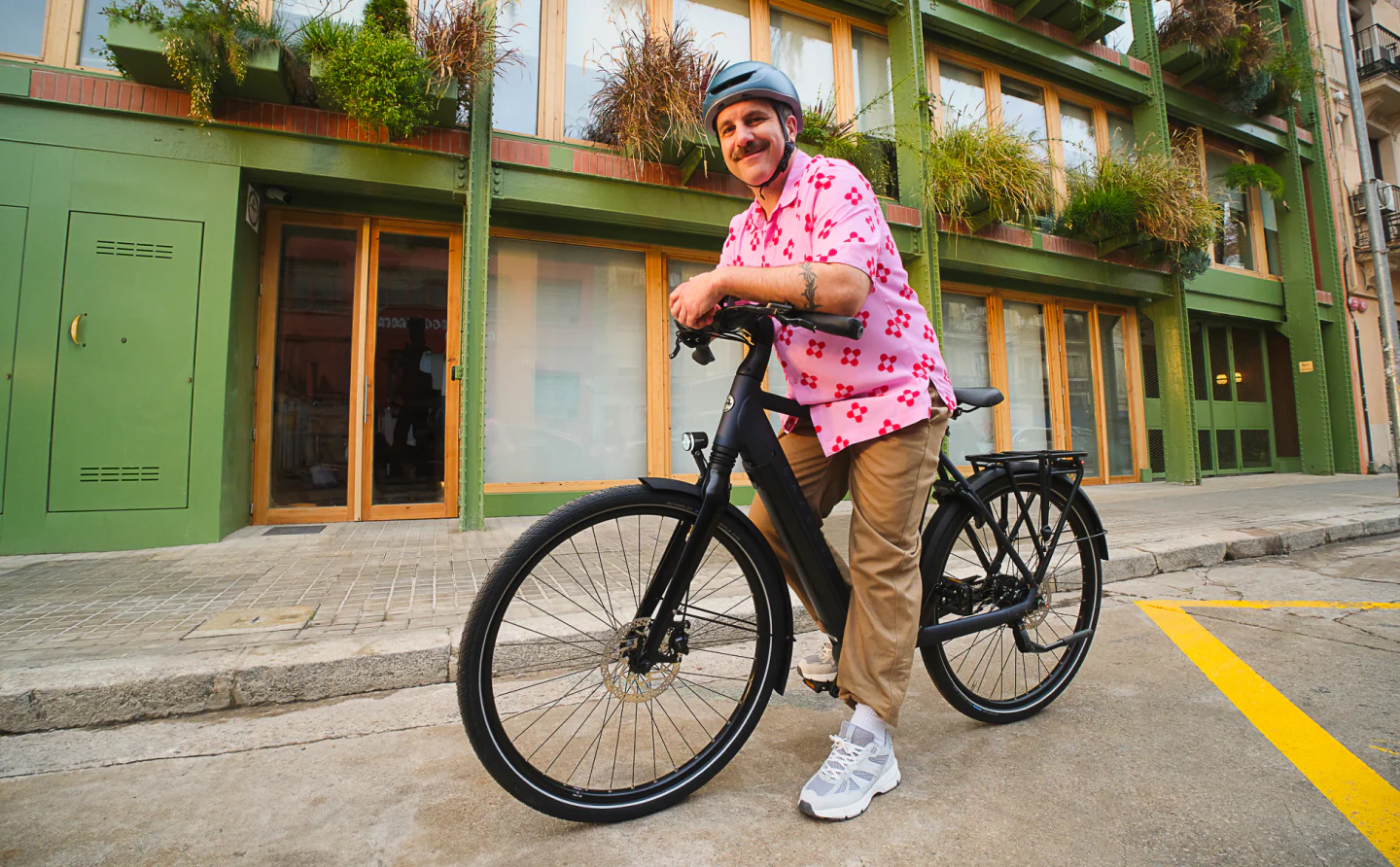Chile's Atacama desert, a popular tourist destination, has a dirty not-so-little secret: a mountain of unwanted clothing shipped from countries across the world. This fashion disaster is so big that it can be seen from space.
What's happening?
The Atacama is Earth's oldest and driest desert, stretching across 600 miles in northern Chile, according to Live Science. Though it is often overshadowed by the towering Andes Mountains to the West, the Atacama, it seems, is now forming some mountains of its own — in the form of unwanted clothing sent from the United States, Europe, and Asia.
At least 39,000 tons of unwanted clothing call the Atacama Desert home, per Insider, based on reporting by Agence France-Presse. And now the giant pile of fashion waste can be spotted by satellite. On May 10, high-resolution images of the clothing were posted on the satellite photo app SkyFi.
Why is the Atacama's clothing heap concerning?
About 59,000 metric tons (65,036 tons) of clothing arrive at the Chilean port of Iquique annually. Some of it is resold domestically or shipped across South America. However, experts estimate that more than half of it goes to clandestine landfills near Iquique.
The heaps of trash span an estimated 741 acres — close in size to New York's Central Park, as Refinery 29 reported — and are a source of environmental concern for nearby residents who live in some of the city's poorer neighborhoods.
In 2021, a large swath of the clothing caught fire, causing toxic smoke to reach nearby neighbors. About 100,000 tons of clothing were ablaze, according to a local activist, who said residents were forced to close their windows and stay inside their homes.
"There are no legal places in Chile to dump clothes, so my city has been sacrificed for years; importers [bring in] too much 'garbage' and do not take responsibility for the trash they produce," Mayor Patricio Ferreira Rivera told The World in late 2022.
The piles of unwanted shirts, shoes, and jeans illustrate yet another casualty of the fashion industry, which is the biggest consumer of water and is responsible for 2-8% of planet-warming gases, according to the United Nations.
Fast fashion means that clothing is designed to be in vogue for a season and then thrown out the next. As a result, the average consumer buys 60% more clothing than they did just 15 years ago, according to the United Nations.
And much of this — to the tune of 85% — ends up in landfills or is burned, with some fabrics taking up to 200 years to biodegrade.
TCD Picks » Upway Spotlight

What's being done?
Local activist Angela Astudillos is taking matters into her own hands by educating children about recycling. Meanwhile, EcoFibra is a company that fashions insulation panels by reusing some of the textiles. Ecocitex, based in Santiago, turns some of the clothing into wool, which can be used to create new clothing.
But this doesn't solve the problems associated with fast fashion, which the United Nations has labeled as an environmental and social emergency. The organization has been searching for ways to fight its negative consequences for years.
You can do your part by being more conservative in your clothing purchasing habits. You can also try buying secondhand to reduce your environmental impact.
Join our free newsletter for cool news and cool tips that make it easy to help yourself while helping the planet.














